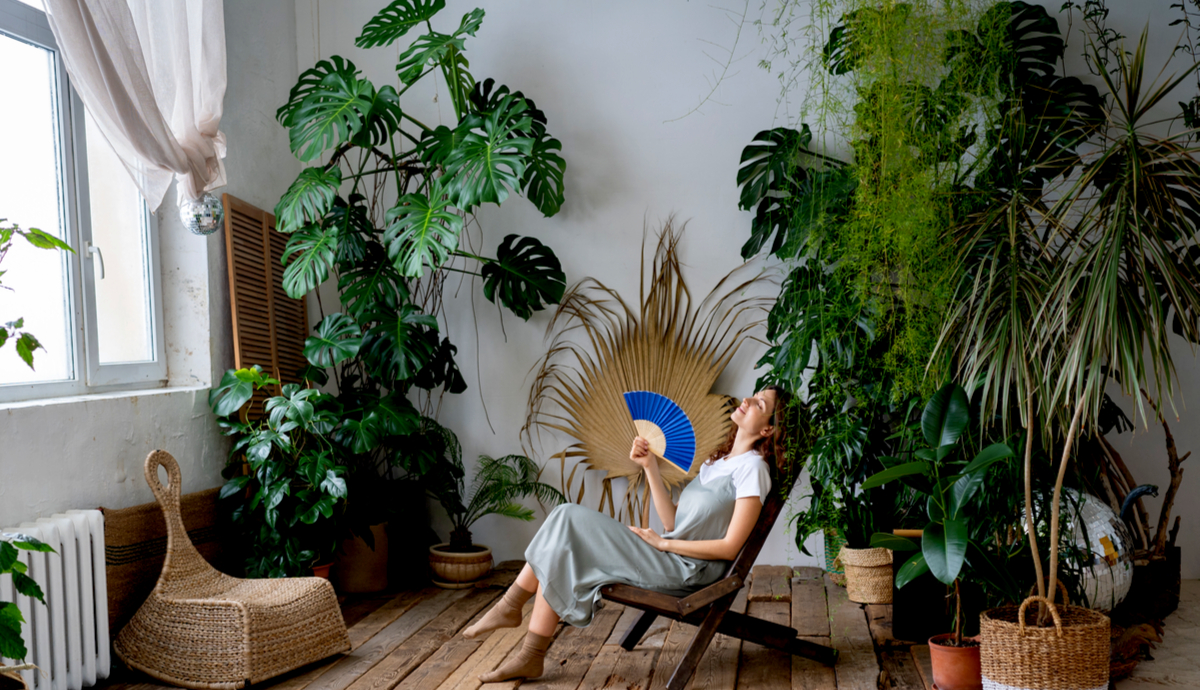
Indoor Gardening: Bringing the Outdoors In
In a bustling world where urbanization and modern living dominate, the yearning for nature’s touch often finds solace in indoor gardening. Whether you’re a seasoned green thumb or a novice plant parent, the allure of nurturing greenery within the confines of your home is undeniable. Indoor gardening not only enhances the aesthetic appeal of your living space but also fosters a deeper connection with nature, even within the most urban of settings.
The Benefits of Indoor Gardening
- Bringing Nature Closer: Indoor gardening allows you to surround yourself with the calming presence of nature, even when outdoor space is limited or inaccessible.
- Improving Air Quality: Plants act as natural air purifiers, absorbing carbon dioxide and releasing oxygen. They also filter out toxins, promoting cleaner indoor air.
- Enhancing Well-being: Studies have shown that interacting with indoor plants can reduce stress, boost mood, and improve overall well-being. The act of caring for plants can be therapeutic and grounding.
- Boosting Productivity and Creativity: Green spaces have been linked to increased productivity and creativity. Incorporating plants into your indoor environment can stimulate your mind and inspire new ideas.
- Creating a Sense of Accomplishment: Watching your indoor garden flourish and thrive can instill a sense of accomplishment and pride, nurturing your relationship with your plants over time.
Getting Started with Indoor Gardening
- Assessing Your Space: Evaluate your indoor environment to determine factors such as available light, temperature, and humidity. Choose plants that are well-suited to your specific conditions.
- Selecting the Right Plants: Opt for indoor plants that are low-maintenance and suited to indoor growing conditions. Popular choices include pothos, snake plants, spider plants, and succulents.
- Choosing Containers: Select containers that not only complement your décor but also provide adequate drainage for your plants. Ensure that your pots have drainage holes to prevent waterlogging.
- Providing Proper Care: Research the specific care requirements of your chosen plants, including watering frequency, sunlight needs, and fertilization. Establish a consistent watering schedule and monitor your plants regularly for signs of pests or disease.
- Creating a Green Oasis: Arrange your indoor garden strategically to maximize visual impact and promote healthy growth. Experiment with different plant combinations, heights, and textures to create a harmonious and inviting space.
- Embracing Creativity: Indoor gardening is a creative endeavor, so don’t be afraid to experiment and personalize your space. Incorporate decorative elements such as plant stands, trellises, or hanging planters to add visual interest.
Overcoming Challenges
- Dealing with Limited Light: If your indoor space lacks natural light, consider supplementing with artificial grow lights to provide adequate illumination for your plants.
- Combatting Pests and Disease: Stay vigilant for signs of pests or disease, and take prompt action to address any issues. Regularly inspect your plants and maintain good hygiene practices to prevent infestations.
- Managing Watering Issues: Overwatering is a common mistake in indoor gardening. Allow the top inch of soil to dry out between waterings, and avoid soggy conditions that can lead to root rot.
- Adapting to Seasonal Changes: Indoor environments may experience fluctuations in temperature and humidity throughout the year. Be prepared to adjust your care routine accordingly to accommodate these changes.
Conclusion
Indoor gardening offers a multitude of benefits, from purifying the air to uplifting the spirit. By cultivating a green oasis within your home, you can reconnect with nature and create a tranquil retreat from the demands of modern life. Whether you’re a beginner or a seasoned enthusiast, the journey of indoor gardening is both rewarding and fulfilling, inviting you to embrace the beauty of the natural world within the comfort of your own space.













